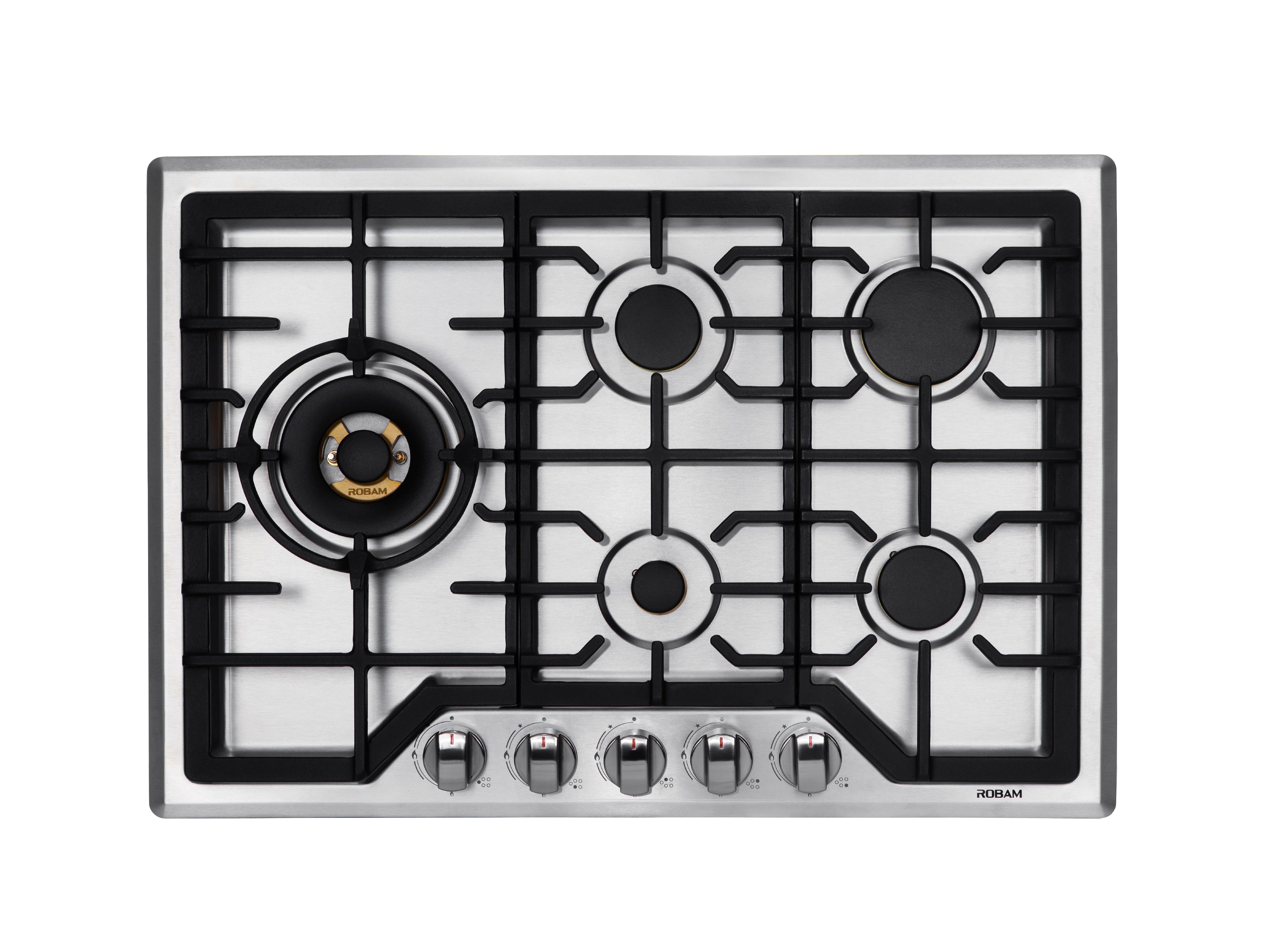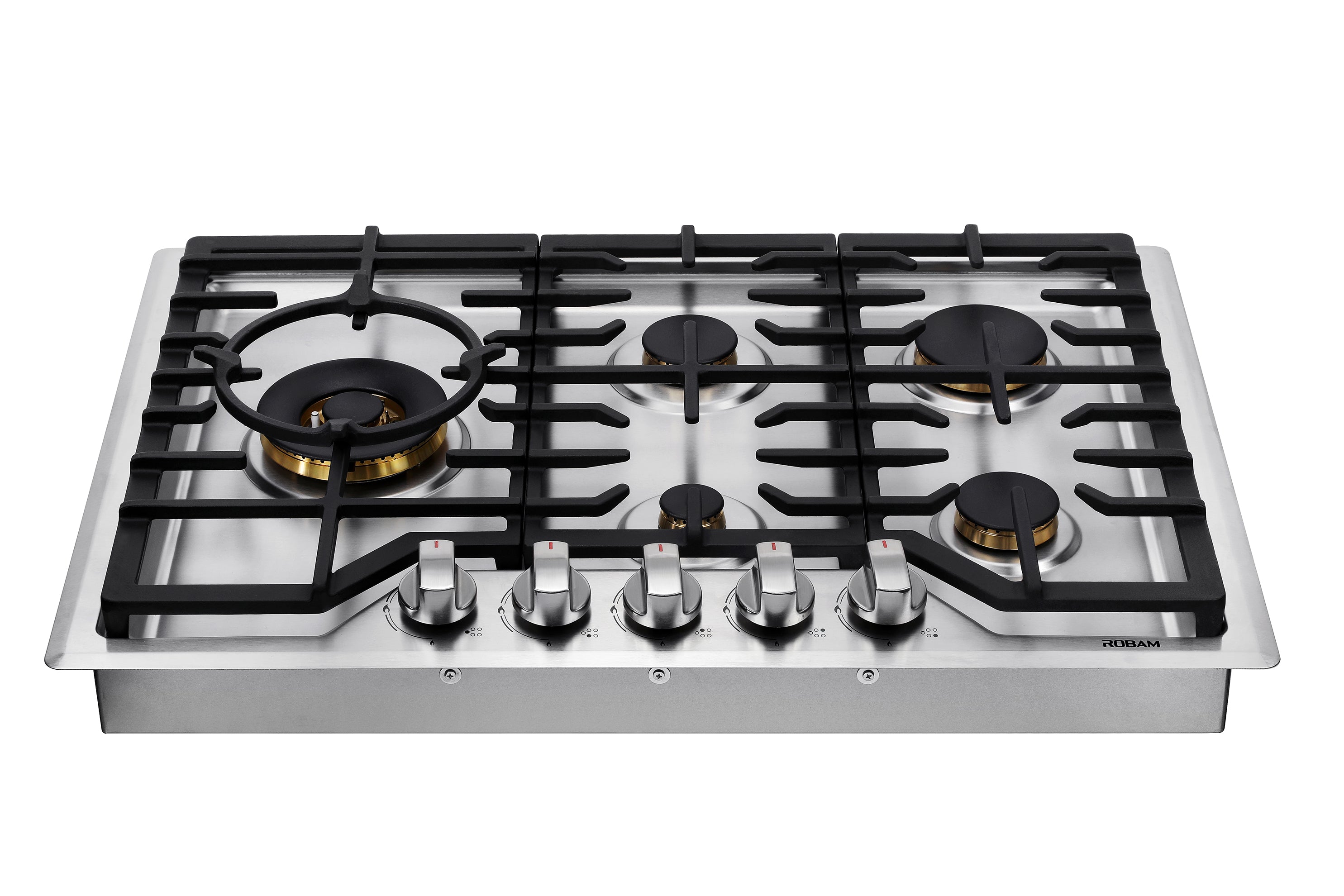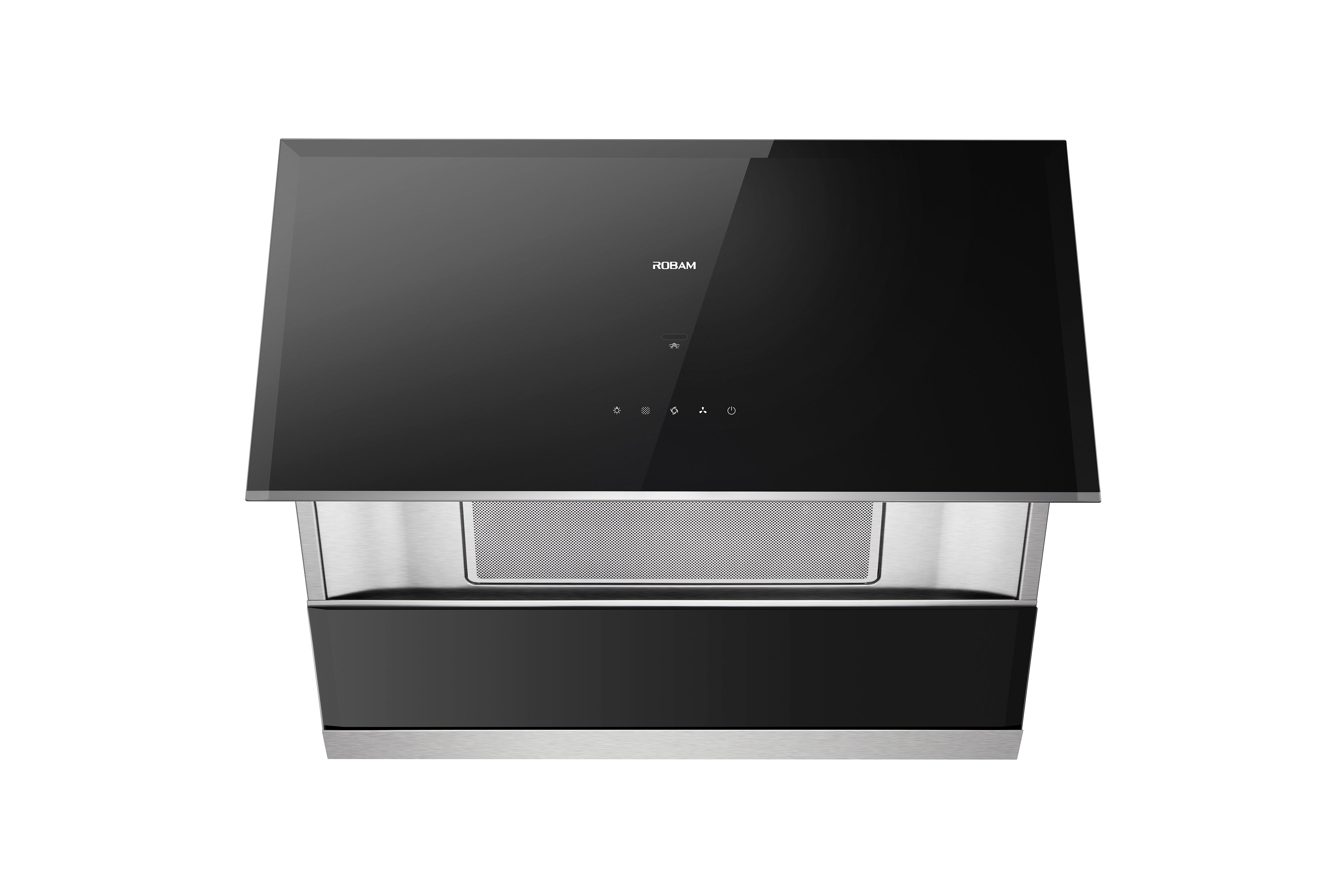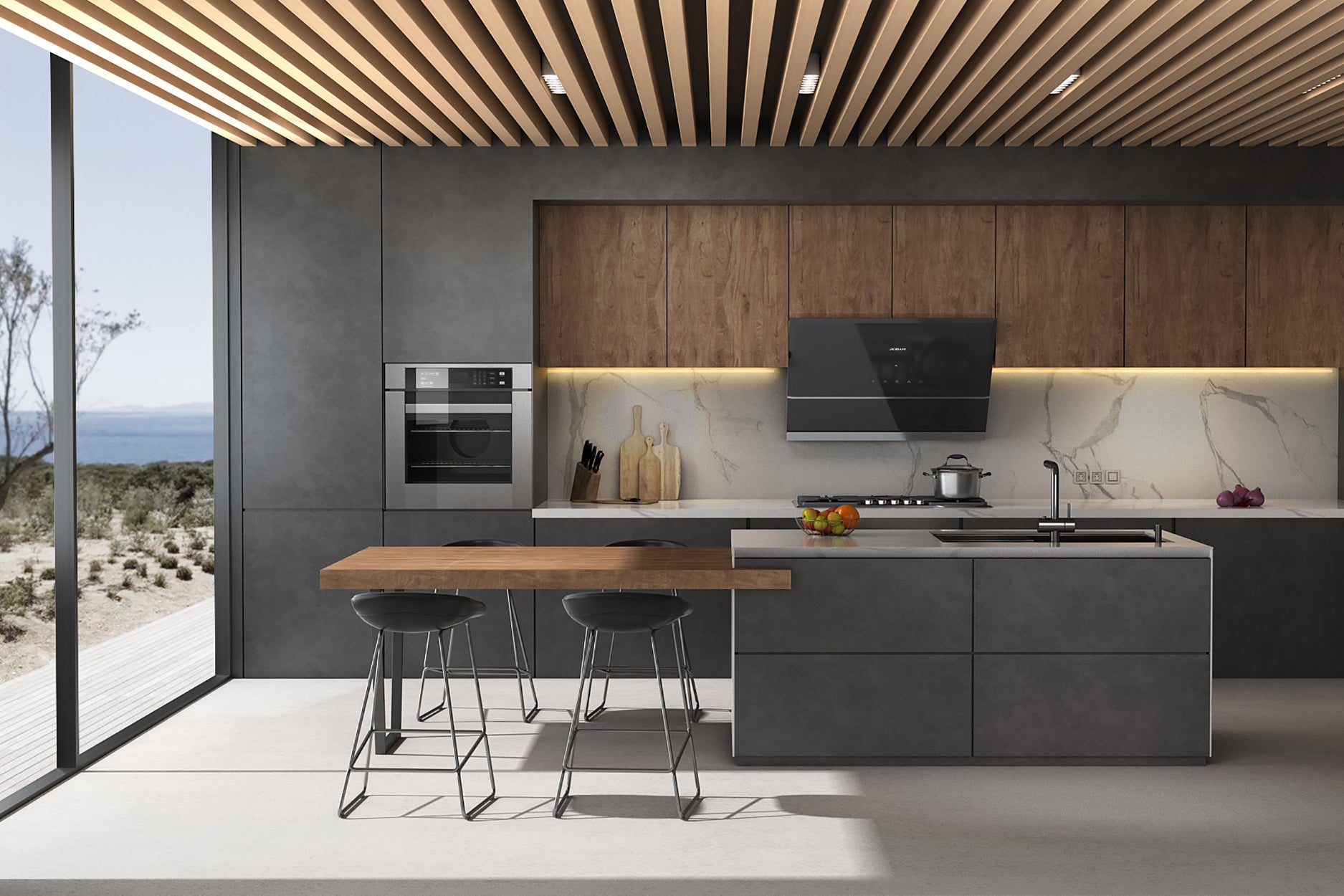Ovens are one of the most important appliances in your kitchen, and one of the most potentially dangerous. Whether gas or electric, convectional or conventional, we advise you take extra precautions when adding one to your home. One of the most important precautions to take when adding an oven to your home is to make sure you have the proper ventilation. Ventilation is necessary for an oven to function properly, even if it’s built into the wall. Keep reading to learn about the importance of ventilation for built-in ovens.
Why is oven ventilation important?
As we described above, oven ventilation is important because it helps your oven function properly. An overheated oven can malfunction and cause safety problems within your kitchen. Proper ventilation of cooking gases and pollutants also keeps you and other household members healthy, as we describe below.
Safety
Proper oven ventilation helps keep you and your kitchen safe. As your built-in ovens heat up, the heat needs somewhere to go. Without proper ventilation, the air will force itself out in any way it can which can cause damage to your oven. This can also lead to dangerous gases, fumes, and smoke getting into your kitchen. The window in your oven door or the oven door itself could also break, sending glass into your kitchen and robbing you of an efficient appliance until you can get it fixed.
Health
Hot air isn’t the only kitchen safety problem you have to worry about with oven ventilation. Gas ovens use dangerous fumes like carbon monoxide to heat and cook your food, and if these fumes aren’t properly vented, they can escape into your home and cause health problems. Other types of air pollutants can also escape from gas or electric ovens, which can irritate your eyes and lungs. Being able to see and breathe well is important when cooking since there are so many safety hazards around, so you’ll have to make sure your oven is properly vented to avoid these health problems.
How do you vent built-in ovens?
Since built-in ovens are often placed inside of a wall, you cannot vent them as you would a freestanding or slide-in oven that’s installed against the wall and may come with a range. These types of ovens typically have either a range hood or an over-the-range microwave installed above them to help with ventilation, but it is difficult if not impossible to add a range hood over a built-in wall oven. However, there are still ways to vent a built-in oven.
Internal Ventilation
Most built-in oven manufacturers are aware of how difficult it is to add a range hood or other exterior ventilation over a built-in oven once it’s installed. This led them to create an internal ventilation system that’s designed to attach to ducting in your wall. Then, the oven’s internal fan, combined with the internal ventilation system, can safely emit heat, cooking fumes, and other air pollutants outside your home.
External Ventilation
Even if your oven has an internal ventilation system, your kitchen should still have a ventilation system outside of the oven. External ventilation systems will help clean and cool the air in your kitchen while you cook, especially when opening your oven. Having an external ventilation system will also help your built-in oven function better, since it’s internal ventilation system won’t need to try to accommodate the oven heat and the exterior heat it’s experiencing. While you can install a range hood over your built-in oven, it’s easier and more cost-effective to simply open a window opposite the kitchen.
How can you care for your oven’s ventilation system?
Caring for the ventilation systems in your oven and kitchen are important for maintaining a safe, healthy space. Your ventilation system will work it’s best after installation and when it’s regularly cleaned. While you could hire a professional to clean the vents, the job isn’t a difficult one and can be done yourself.
Oven Cleaning
Caring for the oven’s internal ventilation system is an important part of making your kitchen a safe, healthy place to cook and spend time with your loved ones. Depending on the manufacturer, your oven’s vents may be in a different spot, but many manufacturers place vents behind the door handles, in addition to the ones that will connect to the ductwork in the wall. While you can’t clean the vents deep inside your oven, you can clean the ones on the door handle. Wrap a warm, wet paper towel around a large wooden spoon and use it to sweep the insides of any vents you can see. Repeat as necessary until the vents are clean.
Range Hood Cleaning
Like ovens, range hoods are all built differently. Some are easier to clean than others. Though, if you’re concerned that you won’t be able to keep up with their maintenance and plan to skip installing one, you shouldn’t. Range hoods help clean and cool your kitchen’s air, providing relief for everyone using it, and keep your appliances working in peak condition for longer. To clean your range hood, you’ll need to remove the filter and place it in warm, soapy water. Adding baking soda to the water will also help break-up the grease build-up. Allow the filter to soak for several minutes before rinsing. You can repeat the process until the filter is clean before allowing it to air dry. While the filter dries, we also suggest wiping both the inside and outside of the range hood with a warm, soapy cloth. If you believe your filter is beyond cleaning, you can easily replace it.
Proper internal and external ventilation for built-in ovens is important because ventilation keeps your oven running smoothly and helps to make your kitchen a safe, healthy place. If you’re hoping to add an external ventilation system and are looking for range hoods for sale, Robam can help. Our range hoods are high-quality and will make a great addition to your kitchen. Visit our website for more home remodel ideas, inspiring appliance collections, and more.













